In a new series of blogs and articles, we bring you a wealth of “what else is there to do” information on our Pembrokeshire Coast Path walking holiday. While walking (or cycling) is the main focus of your Macs Adventure holiday, the chances are you'll be keen to know a bit more about what there is to see and do on your trip. Our holiday itineraries offer lots of information, but many people want to know about the attractions before they book up their walking holiday. Here we bring you a guide to “other things to do” while enjoying your walking trip.
What is the Pembrokeshire Coast Path?
The fabulously scenic walk will offer a feast for the senses with amazing views and wildlife. The path is split into three sections, South, Central and North. South Section: Amroth to Pembroke Central Section: Pembroke to St Davids North Section: St Davids to Dogmaels
Lots more things to do on the Pembrokeshire Coast Path
Bountiful beaches on the Pembrokeshire Coast Path
A coast path will obviously offer a great number of beaches, but the Pembrokeshire Coast path is renowned for its plentiful and award-winning beaches. So you will be spoilt for choice of fantastic beaches. Here are details of some of the most notable.
Manorbier Bay (South Section) is a sandy, dune-backed beach that is perfect for enjoying a picnic and watching the surfers making the most of the waves.
Barafundle Beach (Central) is accessible only by foot (half a mile form the closest car park), which is handy given that you are on a walking holiday. The small golden sandy bay is backed by dunes and pine trees. It has been voted numerous times as one of the best beaches in Britain and because it is isolated and has no facilities it remains pristine.Awards in 2013 include Seaside Award (Rural) and Green Coast Award.
Broad Haven beach (central) is a wide expanse of sand. A top tip is to walk at low tide around the headland on the south side of the beach to another bay called The Settlands. Then walk round the next headland to Little Haven. But make sure you keep an eye on the tide.
Pretty Tenby Harbour
Caerbwdi (central) is a small bay near St Davids that is notable for its rocky and red sandstone beach boasting sand at low tide. Sandstone was quarried here for St Davids Cathedral.
Caerfai (central) is popular for bathers, although you should check the tide time as at high tide the beach is completely covered leaving only rocks and boulders. This is a fun beach for rockpooling.
Porthllisky beach (central) is named after a famous pirate. Look for doubloons (Spanish coins) in the rock pools or while snorkelling in the crystal clear waters. Beware though because the current can be strong.
Porthmelgan is sandy and secluded beach close to the much more popular Whitesands beach.
Pop along to pretty Tenby Harbour to see the colourfully painted houses.
Castles and forts in Pembrokeshire
St Davids Cathedral
Pembrokeshire boasts an amazing 51 castles and forts, including several impressive stone fortresses such as Pembroke Castle, Manorbier Castle and Carew Castle. There are also the medieval walled towns of Tenby and Pembroke, and the fortified Bishops Palaces of St Davids and Lamphey.
Cardigan Castle, located close to the finish point of the walk (north), this fortification was believed to have been built in the 12th century as the very first stone castle of the Welsh princes.
Castell Henllys Iron Age Fort is an ancient site that has been a focus for archaeologists for decades. Over that time, four roundhouses and a granary have been recreated as faithfully as possible. Set in 30 acres of beautiful woodland and river meadow this is a great attraction where you can step back in time for a glimpse of life at a hill fort over 2,400 years ago. You can even have a go at baking your own bread.
Founded in 1093 by Roger of Montgomery, Pembroke Castle has the distinction of never having fallen to the Welsh. Today, it is well worth a visit to find out about the castle’s history and to take in the stunning views.
Picton Castle is an impressive sight, combining a fortified manor house with a medieval castle. From the outside, it looks like an Edwardian Castle but on the inside, visitors discover finds that there is no inner courtyard or keep, but a succession of rooms typical of a grand country house. It makes for a fascinating attraction.
Manorbier Castle might look familiar if you’re a fan of The Lion the Witch and the Wardrobe. In 1989, the children’s movie was filmed here. The fortification was also seen on TV’s I capture the Castle in 2001 when the moat was re-filled with spring water. Among the attractions of this castle are life-size wax figures that bring history to life, treasure trails for the kids and a lovely tearoom.
Tenby Castle dates back to the Norman Conquest in the 11th century when the county was invaded. The town was fortified with walls to the landward side and the castle was built to repel attack by the Welsh people. While little remains of castle, the walls that once enclosed Tenby are remarkably well preserved.
Villages, towns and even a city
There are lots of lovely locations on the Pembrokeshire coast from tiny villages to a tiny city. The smallest city in Britain is St David's (central) where the central section of the Pembrokeshire Coast Path concludes. The tiny city is a favourite location for an eclectic mix of people, from artists and pilgrims to surfers. The city was granted its status by Queen Elizabeth II because of the presence of the 12th century cathedral, which has been a popular pilgrimage destination for centuries. You can find out about this tiny coastal city at stdavids.co.uk St Dogmeals (north) is the village at the end of the walk. But don’t rush away because there are several great things to do. Visit Y Felin, one of the last working water mills in Wales; the abbey; and the curious Blessing Stone.
Wildlife wonders on the Pembrokeshire Coast
Cemaes Head (north) is a stunning Wildlife Trust site and the place to catch sight of dolphins and seals when they come out to play. It is is the most northerly of the many headlands on the Pembrokeshire coast and overlooks the mouth of the Teifi estuary towards the Trust’s Cardigan Island Nature Reserve. Birds to look out for include Fulmars, Shags, Cormorants, Peregrines and Kestrel. Grey Seals haul out on inaccessible beaches in the winter and breed in the late summer. They can sometimes to be seen swimming offshore, as can schools of dolphins and porpoises.
Puffins are a hot topic for walkers on the west coast of Pembrokeshire. The place to visit is Skomer Island where every 6,000 of these brightly coloured birds come for the spring and summer. Puffins arrive on Skomer in late March, but don’t immediately settle down on the island. Initially, they collect in rafts at sea before then heading to the cliff tops to burrows where they lay a single egg each. These hatch in June. In the summer months, the puffins are very active, feeding their young before heading back to life at sea at the end of July.
If you are interested in learning more about walking the Pembrokeshire Coast Path with Macs Adventure, check out our range of itineraries here.





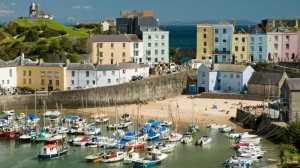
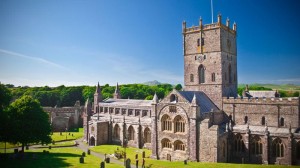
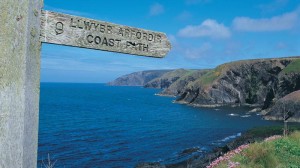




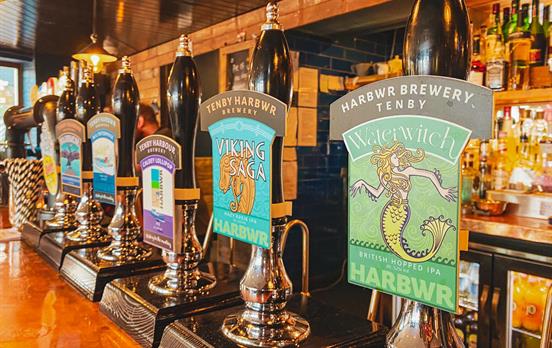
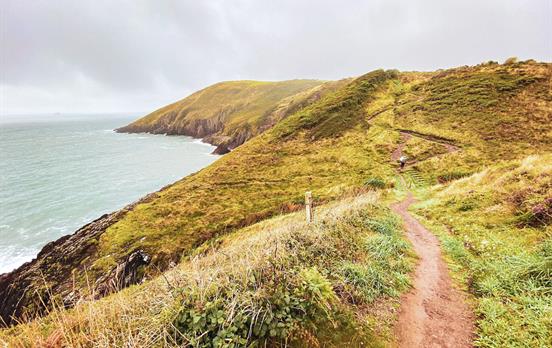
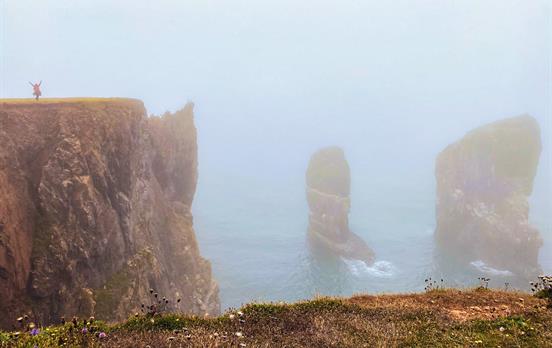
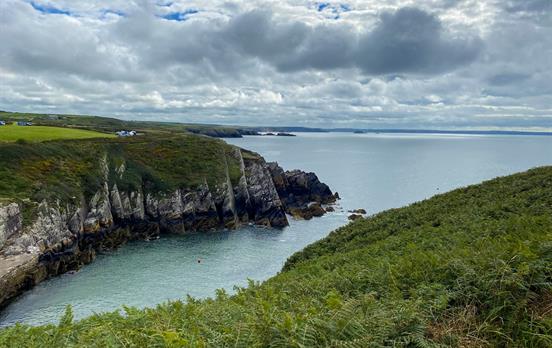
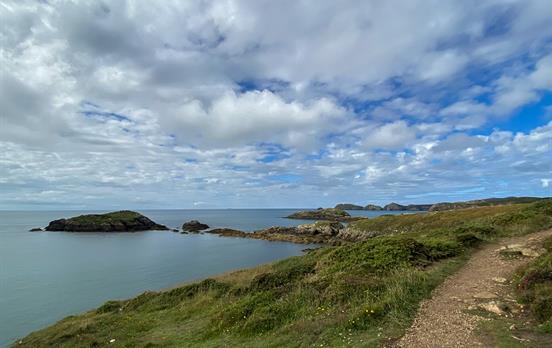
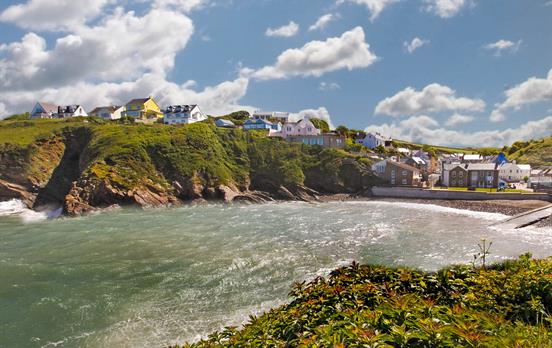
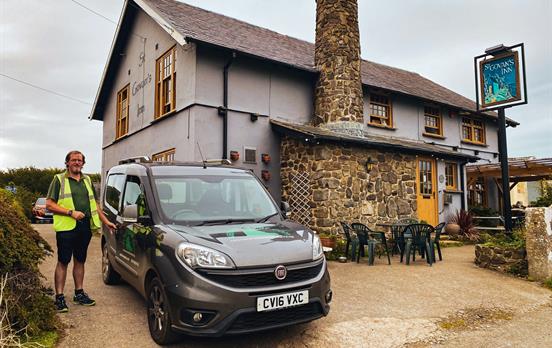
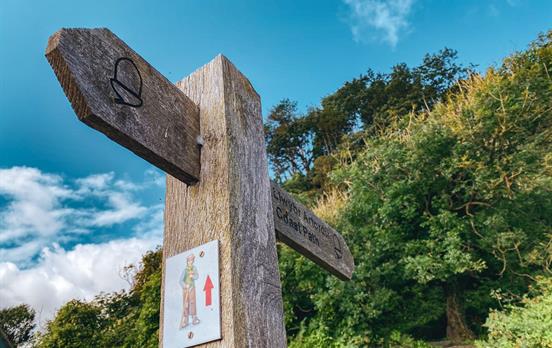


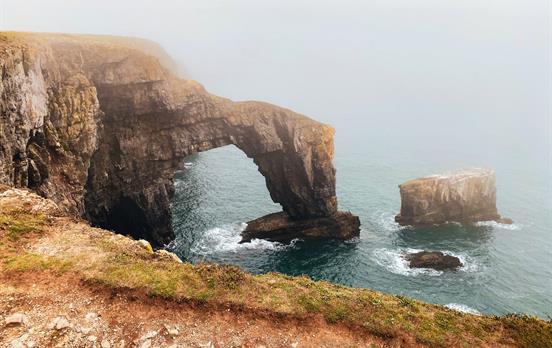


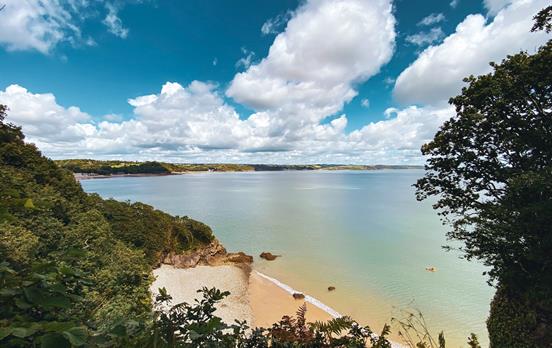
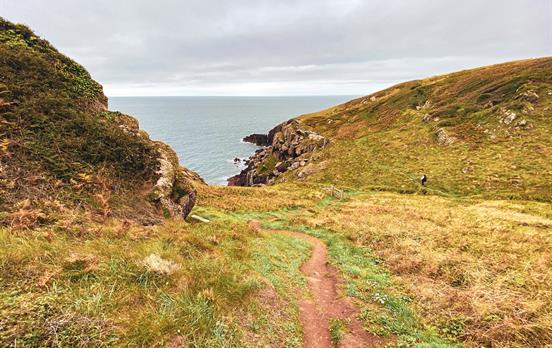
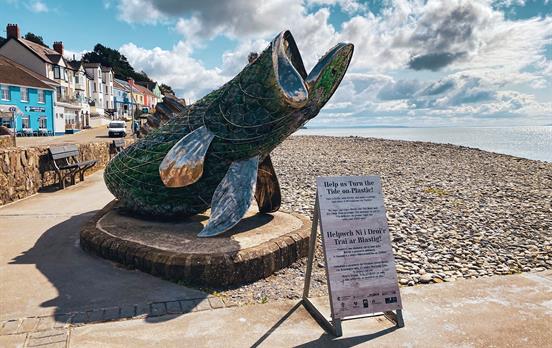

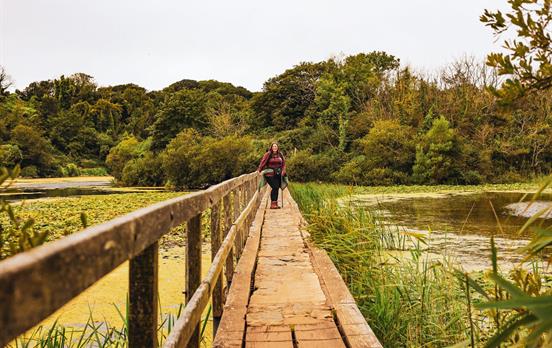


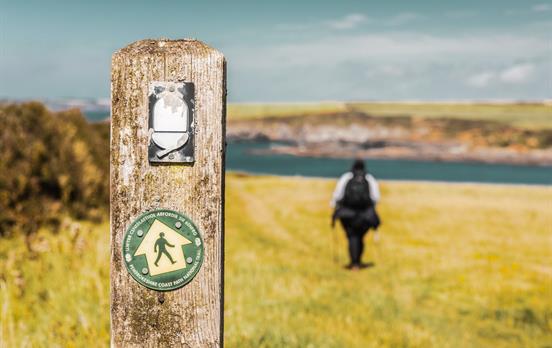
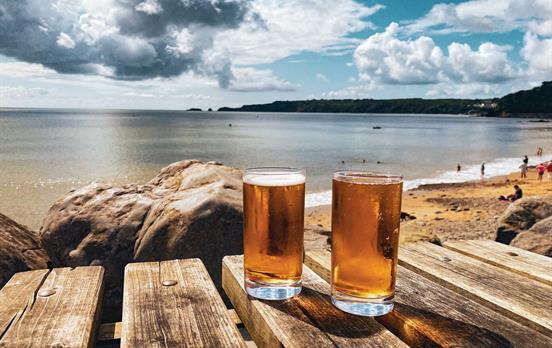
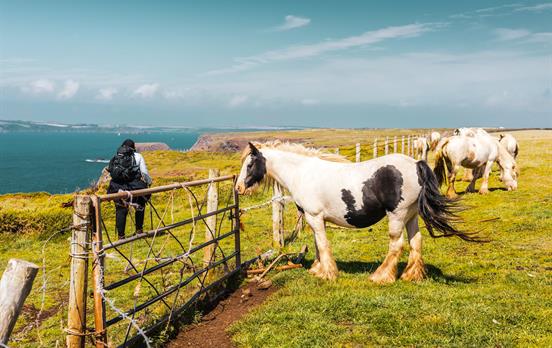
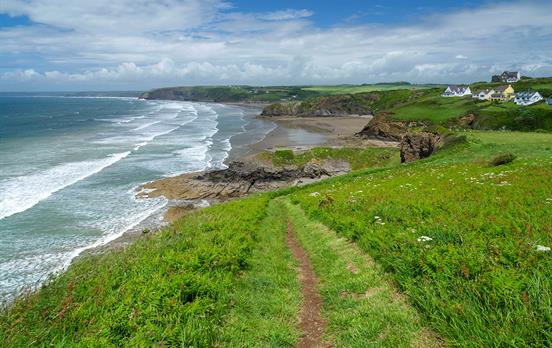
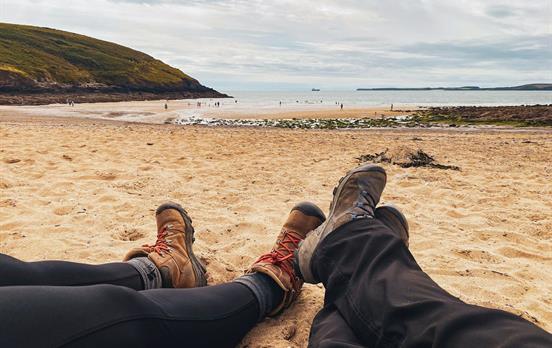

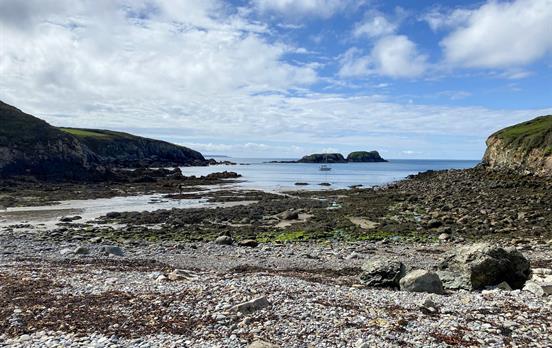


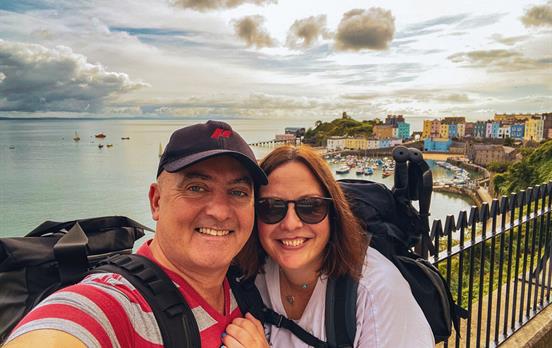
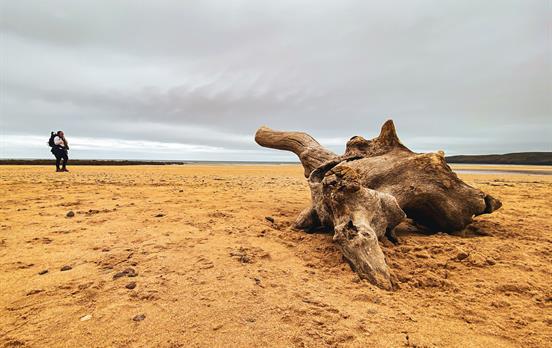
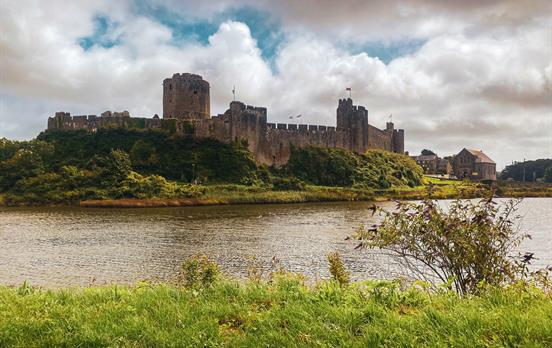




 Australia
Australia New Zealand
New Zealand South Africa
South Africa European Union
European Union